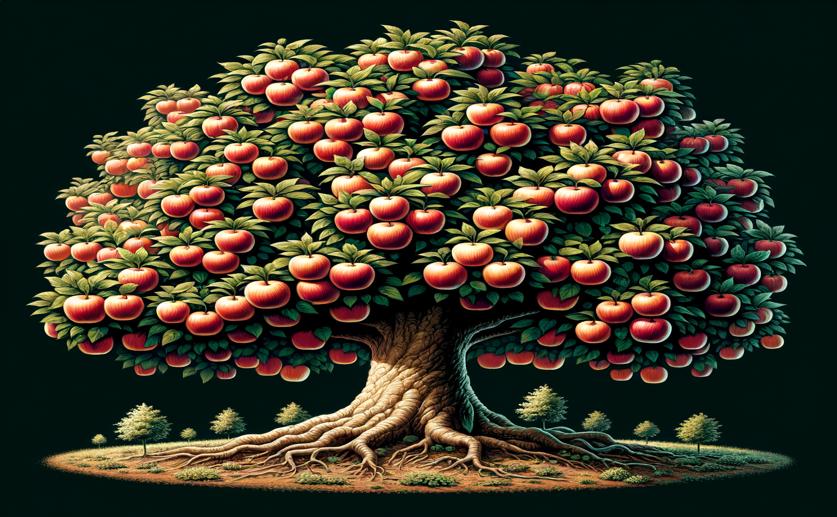
Apple Tree Crop Loads Affect Trunk Growth, Future Harvests, and Fruit Quality
Jenn Hoskins
31st May, 2024

Image Source: Natural Science News, 2024
Key Findings
- The study was conducted on 'Ruby Matilda' apple trees in Victoria, Australia, to improve crop load management
- High crop loads increased yield but reduced trunk growth and return fruit set
- Optimal crop load of about 6.8 fruit per cm² of leader area ensures consistent fruit set and good quality
FruitsAgriculturePlant Science
References
Main Study
1) Localised and tree total crop loads influence trunk growth, return fruit set, yield, and fruit quality in apples
Published 30th May, 2024
https://doi.org/10.1007/s44281-024-00045-4
Related Studies
2) Genetic control of biennial bearing in apple.
3) Impact of Within-Tree Organ Distances on Floral Induction and Fruit Growth in Apple Tree: Implication of Carbohydrate and Gibberellin Organ Contents.
4) Profiling of phytohormones in apple fruit and buds regarding their role as potential regulators of flower bud formation.



 1st May, 2024 | Jim Crocker
1st May, 2024 | Jim Crocker